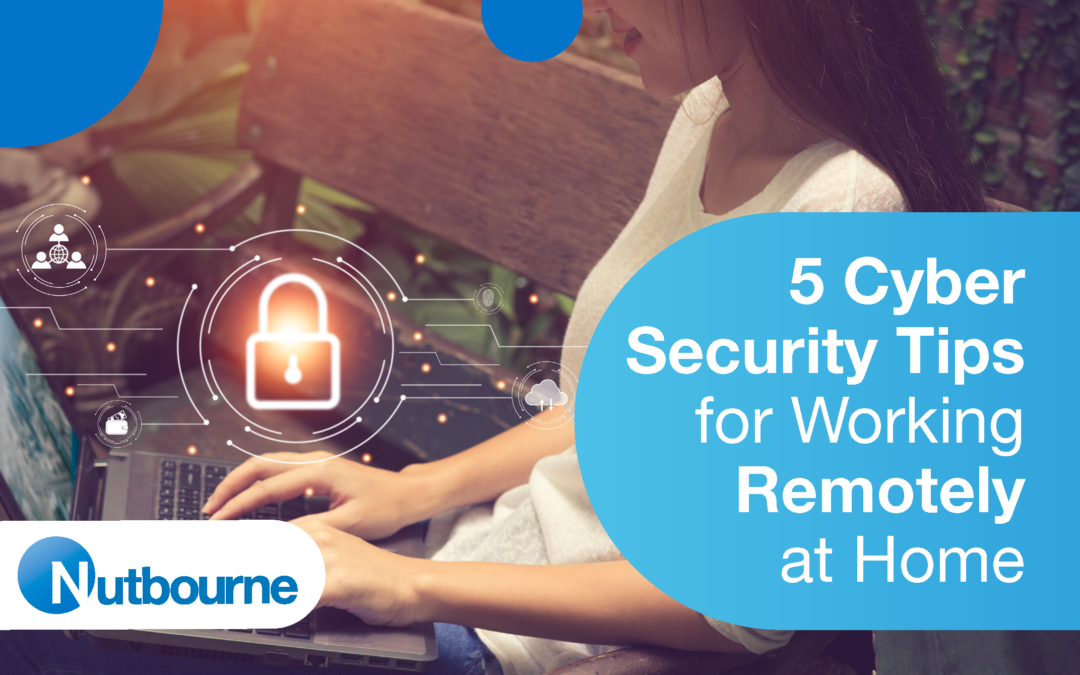Working remotely is part of the modern business setup, whether that’s from home, shared workspace or with clients. While it’s given today’s workforces greater freedom, it has also created a number of technological problems for companies, especially with cyber security.
Back when the pandemic started, people had to pick up their devices and start working from home. There was very little in the way of policies to govern how this process should work, nor how it should be maintained.
Almost three years on, that hasn’t changed for a lot of organisations – the net result of which is compromised security. Unfortunately, with cyber crime on the rise, it’s not something you can ignore either – especially given that more than 70% of the future workforce will expect to work remotely for at least part of the week.
If you’re one of the many organisations that need to tighten security for you remote workers, here’s what we recommend.
Have centralised data storage
Having a secure hub for your teams to store documents and files is 100% necessary for remote workers. Aside from making it easier for them to collaborate, it also discourages them from storing documents, files and sensitive data on USB drives or desktops – both of which have the potential to be lost or compromised. Ideally, you want to use a platform that is reliable, secure and easy to use – OneDrive on Microsoft Office 365 for example. Those three factors mean that your teams are more likely to use it and that it’s also far less likely to be breached.
Make home WiFi more robust
Unlike business WiFi, home WiFi tends to be a little more vulnerable and unstable. Now there’s not much you can do about the ISP your teams use at home, but there are steps your remote workers can take to make their home WiFi more resilient. Setting a strong password and making sure the network doesn’t identify the user (i.e. Geoff Smith’s WiFi) are very simple ways to make it more secure, while enabling encryption in the security settings will add another layer of protection. These are all really straightforward, so there’s no excuse not to do them.
Multifactor Authentication
Anywhere you use a password should have multifactor authentication – it’s that simple. Every device, piece of software and platform you use will have it as standard, so switch it on make sure it used. This is especially important where sensitive and financial information is concerned. We’d recommend having a look at all the applications your business uses and where MFA should be turned on. Consider using a cloud-based password repository to make it simpler for your teams – and therefore more likely they’ll be compliant.
Use a VPN to access apps
A VPN (virtual private network) is one of the best tools for ensuring internet privacy. It works by encrypting your connection and keeping you hidden, essentially creating a private tunnel for your data to travel down. For remote workers this is ideal, especially if they’re handling sensitive data – for example accounts information or medical records. If that’s the case, then it’s a good idea to make having a VPN a prerequisite for accessing company servers and networks. Fortunately, most antivirus software comes with a VPN as standard, so it’s just a case of enabling it in the platform settings.
Secure your email
Email traffic will inevitably increase with more and more people working remotely. Email isn’t especially secure, so if your company handles sensitive data via email make sure your people know to encrypt the email first. That way, if it falls into the wrong hands the information will be secure. With that in mind, you also need a clear policy stating that no company data is sent using personal email. Finally, phishing attacks are among the most common security breaches and always arrive via email. Train your staff to be aware of what they look like and how to handle them if they suspect they’ve been targeted.
For more information on improving your cybersecurity, visit Nutbourne.com

